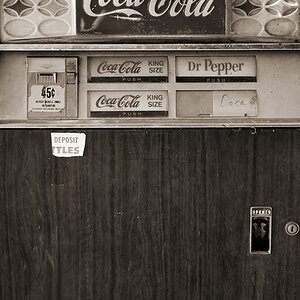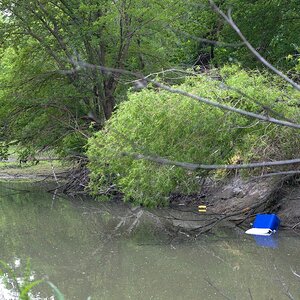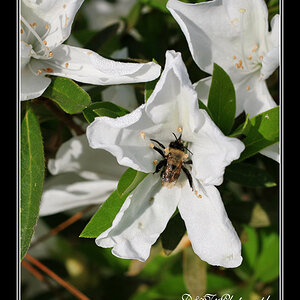hello all...
i'm new to the world of photography, but gained an interest after seeing a lot of dark/crisp black and white photos by photographer Ross Halfin.
i've included a link below to his work.
if i want to achieve the dark/crispness of his photos, is this done through developing, or does this soley rely on his film and equipment?
http://www.rosshalfin.co.uk/ac-dc/acdc01.php
i'm new to the world of photography, but gained an interest after seeing a lot of dark/crisp black and white photos by photographer Ross Halfin.
i've included a link below to his work.
if i want to achieve the dark/crispness of his photos, is this done through developing, or does this soley rely on his film and equipment?
http://www.rosshalfin.co.uk/ac-dc/acdc01.php



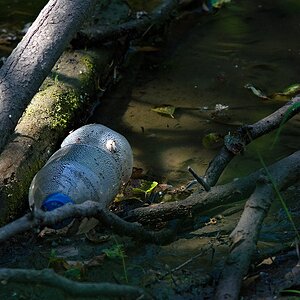
![[No title]](/data/xfmg/thumbnail/31/31980-e5048a424621c7b3cd0d306d63c09d67.jpg?1619735137)

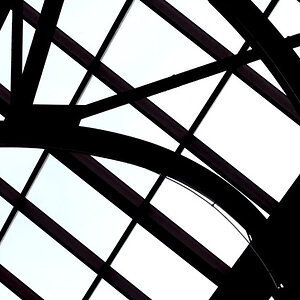
![[No title]](/data/xfmg/thumbnail/37/37603-739c5d9b541a083a12f2f30e45ca2b7b.jpg?1619738147)
